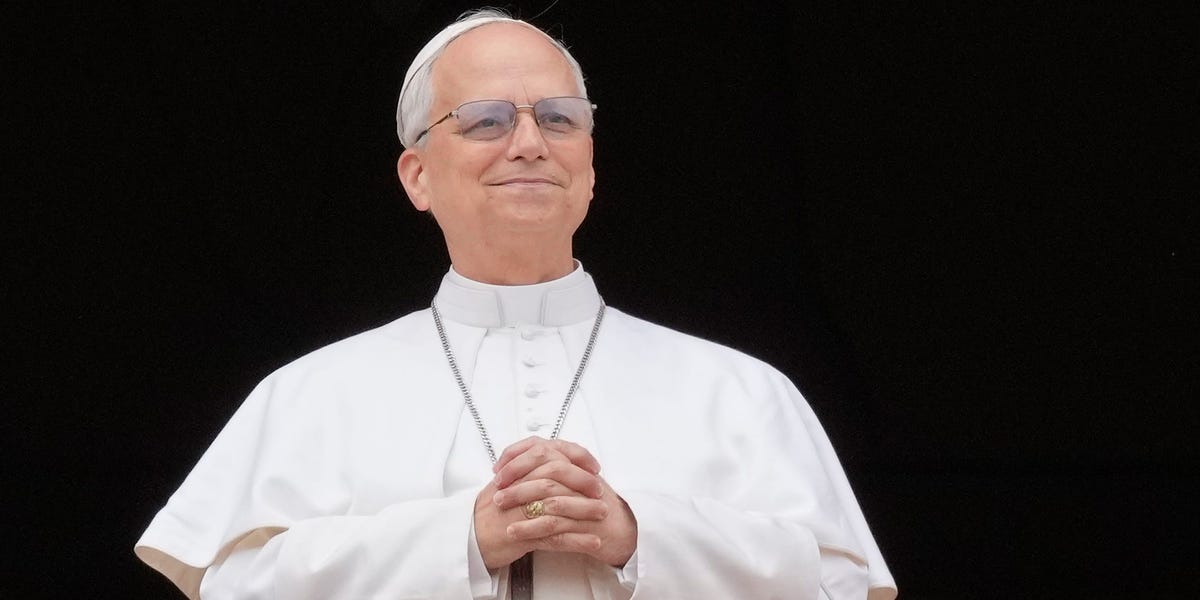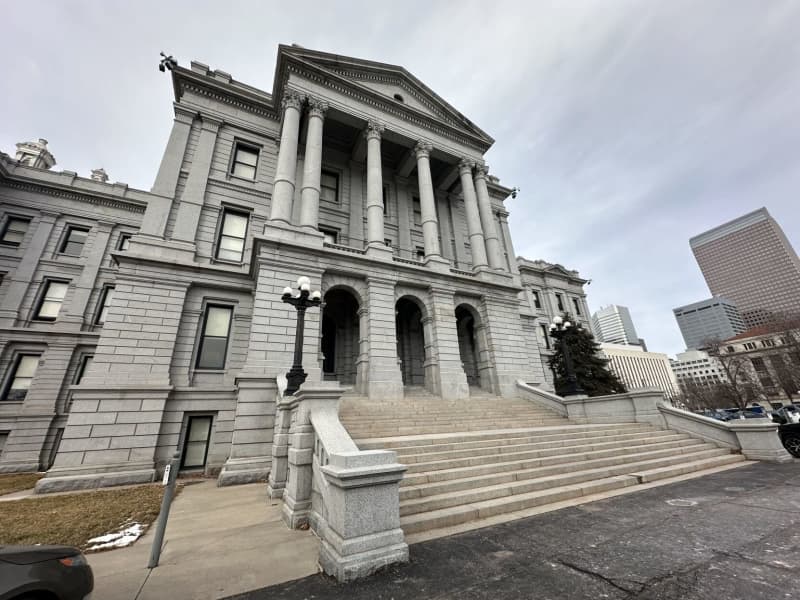
In his first public address since ascending to the papacy, Pope Leo XIV highlighted the growing importance of artificial intelligence (AI) as a key moral and social issue of the 21st century. The speech was delivered to the College of Cardinals on Saturday at the Vatican, marking the new pontiff’s initial engagement with pressing global topics.
Pope Leo XIV was elected last week after the passing of Pope Francis, who led the Roman Catholic Church for more than a decade. The new pontiff’s decision to focus his first major remarks on technological advancements signals a continued interest by the Vatican in grappling with modern social and ethical challenges.
“Artificial intelligence is not merely a tool of progress—it is a mirror to our values and a test of our humanity,” Pope Leo XIV told the assembled clergy. He called upon global leaders, engineers, and ethicists to work in alliance with religious communities to ensure that AI serves the common good rather than narrow interests.
The pope underscored concerns over the potential of AI to exacerbate inequality, infringe on human dignity, and disrupt traditional labor markets. He also spoke of the possibility for AI to be used in harmful ways, such as promoting disinformation or enabling autonomous weaponry.
Pope Leo XIV encouraged the Catholic Church and its global followers to actively participate in the dialogue surrounding AI ethics. He emphasized the need for compassion, inclusivity, and a commitment to justice in shaping AI policies and applications.
In closing his address, the pope expressed hope that AI could be guided toward outcomes that reflect the spiritual and moral teachings of the Church. “Let us ensure that our technologies reflect our highest values,” he said, “and that they serve to uplift all members of the human family.”
Pope Leo XIV’s comments mark the beginning of what may be a continued focus on technological ethics during his papacy. Religious and secular audiences alike will closely watch how the new pope integrates moral theology with the challenges and promises of artificial intelligence.
Source: https:// – Courtesy of the original publisher.








